In the contemporary home decoration market, space optimization has become a crucial design issue, especially for small bathrooms in urban apartments or townhouses. Balancing comfort and aesthetics within a limited space has become a common concern for designers and homeowners. Among various bathtub materials, acrylic tub have become an increasingly popular choice for small bathroom decoration due to their lightweight, flexible, and economical practicality.
This article will analyze why Acrylic Tub stands out in modern small-space bathrooms from multiple perspectives, including design trends, material characteristics, installation convenience, maintenance costs, and consumer feedback, and explore its potential in future bathroom design.
1. Space Challenges and Design Trends of Small Bathrooms
According to a report by the National Kitchen and Bath Association (NKBA), the average bathroom area in newly built homes in the United States is approximately 40-50 square feet, whereas bathroom areas in urban apartments or older houses are often smaller, typically below 30 square feet. This means that designers need to balance functionality, visuals, and storage in a limited space.
Traditional cast-iron or stone bathtubs, although durable, are bulky and occupy a large area, making installation challenging. In contrast, the Acrylic Tub perfectly meets the demand for "efficient space utilization" in small bathrooms due to its lightweight and flexible styling advantages.
2. Core Advantages of Acrylic Tub
2.1 Lightweight and Flexible Installation
The primary material of the Acrylic Tub is acrylic resin, which has excellent lightweight properties after high-temperature molding.
Generally speaking, a standard 60-inch x 30-inch acrylic bathtub weighs approximately 60-70 pounds, whereas a cast-iron bathtub of the same size may weigh over 300 pounds.
The lightweight material not only reduces the load-bearing requirements of the ground but also makes transportation and installation more convenient. For two-story residential, apartment units, or renovation projects, Acrylic Tub undoubtedly reduces the complexity of structural renovation.
2.2 Diversified Shapes That Save Space
Acrylic material has incredibly high plasticity and can be easily molded into a corner tub, an alcove tub, or a freestanding compact tub.
For example:
48-inch corner tub can fully utilize the corner space of the bathroom.
54-inch alcove tub provides a deep relaxation experience for small apartments.
The oval-shaped acrylic tub uses a streamlined design to create a softer visual experience and reduce pressure.
Therefore, designers often consider acrylic bathtubs as a "lightweight solution" to enhance spatial awareness and visual coordination.
2.3 Superior Insulation Performance and High Comfort
Compared to metal or ceramic bathtubs, the Acrylic Tub has better insulation performance.
The acrylic material itself has a certain degree of thermal insulation, which can maintain the temperature of the b..ath water for an extended period of time. According to Consumer Reports' testing, the insulation time of acrylic bathtubs is approximately 15-20% longer than that of enamel steel bathtubs, which is particularly beneficial for users who enjoy taking long baths.
At the same time, the surface of the Acrylic Tub is smooth and warm, which will not give a cold touch even in winter, enhancing the overall user experience.
2.4 Cleaning and Maintenance Are Easier
Small bathrooms are often perceived as challenging to maintain, but acrylic surfaces have natural anti-fouling properties, making them easier to clean.
A smooth, non-porous surface can effectively prevent the accumulation of soap and water stains, and can be removed with a mild cleaning agent.
In contrast, if the surface of cast iron or stone bathtubs is damaged, it is easy for mold and stains to breed. An Acrylic Tub can repair surface scratches by re-polishing, resulting in lower maintenance costs and an extended service life.
2.5 Economical and Practical, with High Cost-Effectiveness
In terms of price, the cost of an Acrylic Tub is generally lower than that of a ceramic or cast-iron bathtub.
According to the HomeAdvisor 2025 report, the average price range for acrylic bathtubs in the US market is between $400 and $1,200, while cast iron bathtubs of the same size typically range from $1,500 to $3,000.
For homeowners with limited budgets who want to enhance bathroom comfort, Acrylic Tub offers a balance between practicality and visual appeal.
3. The Design Flexibility of the Acrylic Tub in Small Bathrooms
3.1 Embedded Design (Alcove Design)
Suitable for layouts with enclosing walls on three sides, this is the most common installation method in small bathrooms.
Acrylic material can perfectly fit the wall structure and can be combined with tiles, quartz panels, or waterproof panels to create a neat and unified visual effect.
3.2 Corner Tub
For rectangular or irregularly shaped bathrooms, corner bathtubs can maximize the release of central activity space while providing a comfortable bathing experience.
The standard size is between 48 and 54 inches, especially suitable for independent bathroom or secondary bathroom renovation projects.
3.3 Freestanding Compact Tub
If space permits, choosing a freestanding acrylic tub can make the bathroom more visually focused.
Its rounded appearance and high gloss surface reflect light, making small spaces appear brighter and more spacious.
4. Potential Shortcomings and Improvement Directions of the Acrylic Tub
Despite the significant advantages, the following points should still be noted when purchasing and using:
The surface is easy to scratch: Although the acrylic surface is easy to repair, it is not suitable for use with potent acidic or abrasive cleaning agents.
Slightly lower high temperature resistance: Compared to quartz or metal bathtubs, an Acrylic Tub may undergo slight deformation at extremely high temperatures.
Color change after prolonged use: If exposed to intense ultraviolet radiation, the surface of some low-end products may turn yellow.
However, in recent years, high-end brands have effectively enhanced durability and stability by incorporating UV-resistant coatings and multi-layer reinforcement technology.

5. Trend Analysis Based on Consumer Feedback
According to the Houzz 2024 Bathroom Renovation Report, over 62% of surveyed homeowners chose acrylic bathtubs for their bathroom renovations, with nearly half of these bathrooms having spaces of less than 50 square feet.
The main positive reviews from users are focused on:
Lightweight and quick to install;
The insulation effect is perfect;
Reasonably priced, visually clean and modern;
Cleaning is easy and requires almost no special maintenance.
These feedbacks once again confirm the actual performance and user satisfaction of the Acrylic Tub in small space applications.
6. Summary: Acrylic Tub Brings a Grand View to Small Bathrooms
For modern decor that combines practicality and aesthetics, the Acrylic Tub is the ideal choice for small bathrooms. It brings infinite possibilities to limited spaces with its lightweight structure, flexible design, and economical price.
Whether you want to create a fully functional main bathroom or a compact and comfortable secondary bathroom, the Acrylic Tub can achieve a perfect balance between a comfortable experience and space optimization.
In the future trend of bathroom design, lightweight, energy-saving, and easy-to-maintain features will continue to dominate the market, and acrylic bathtubs will undoubtedly remain the "ideal solution"—allowing small spaces to enjoy the comfort and style of a large layout.

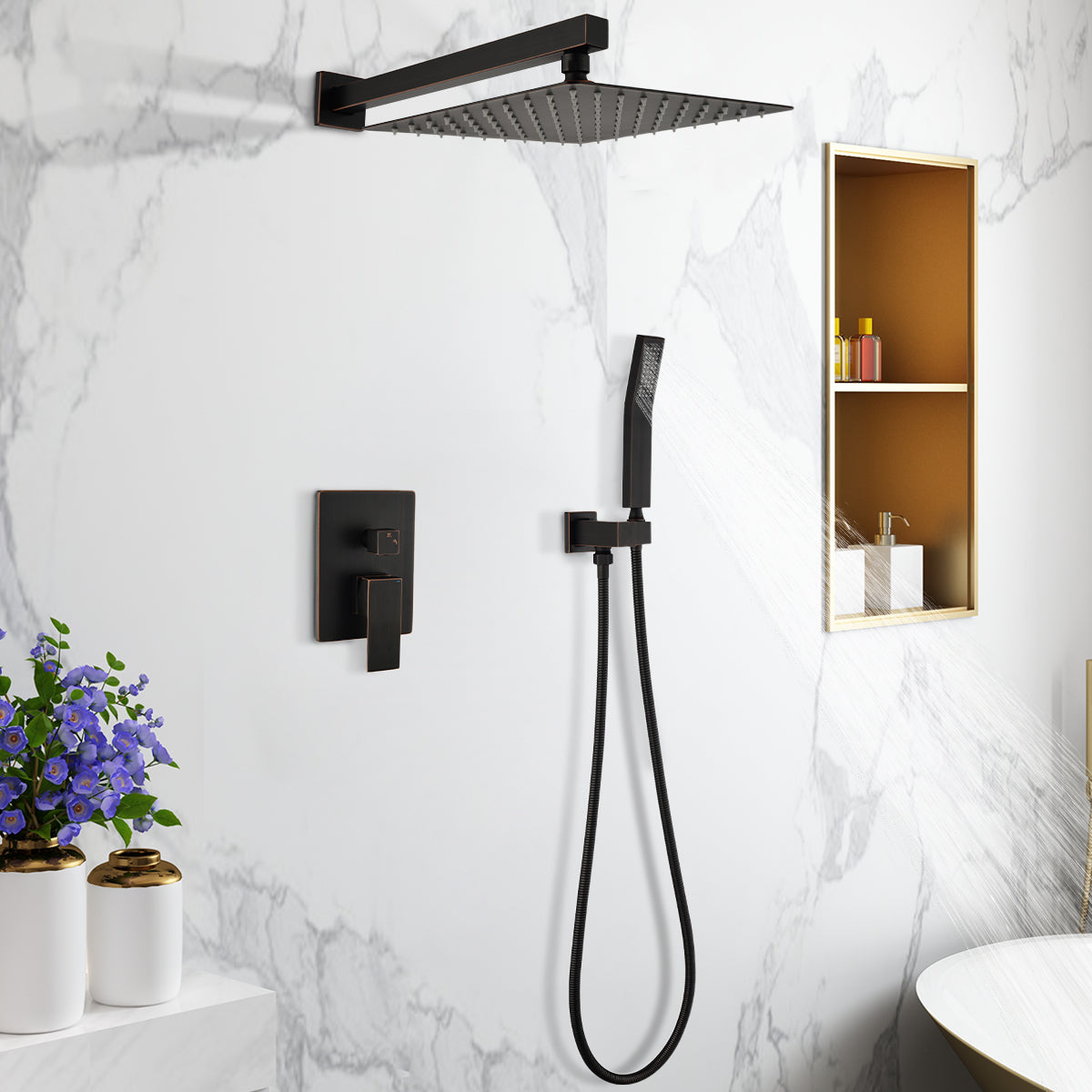






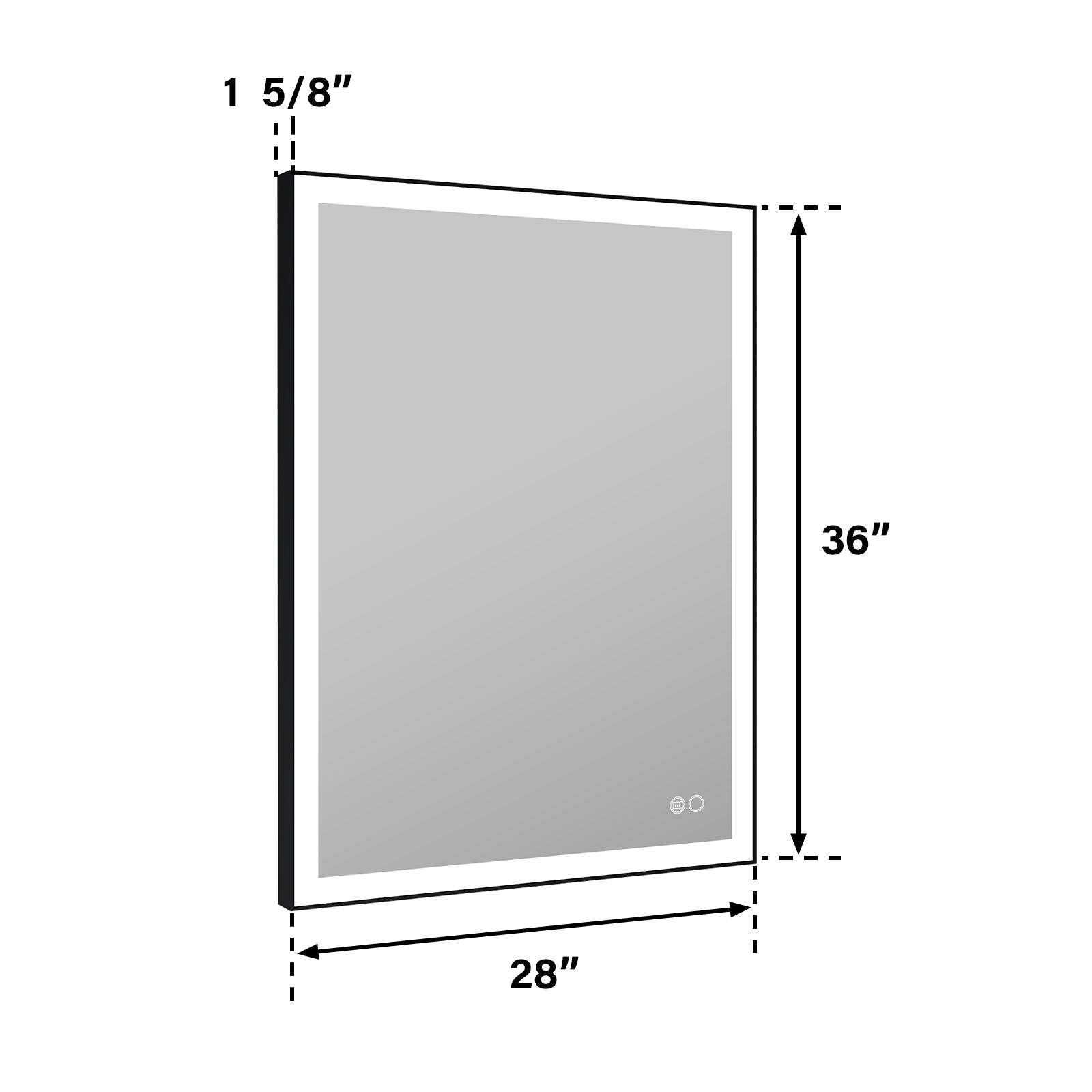
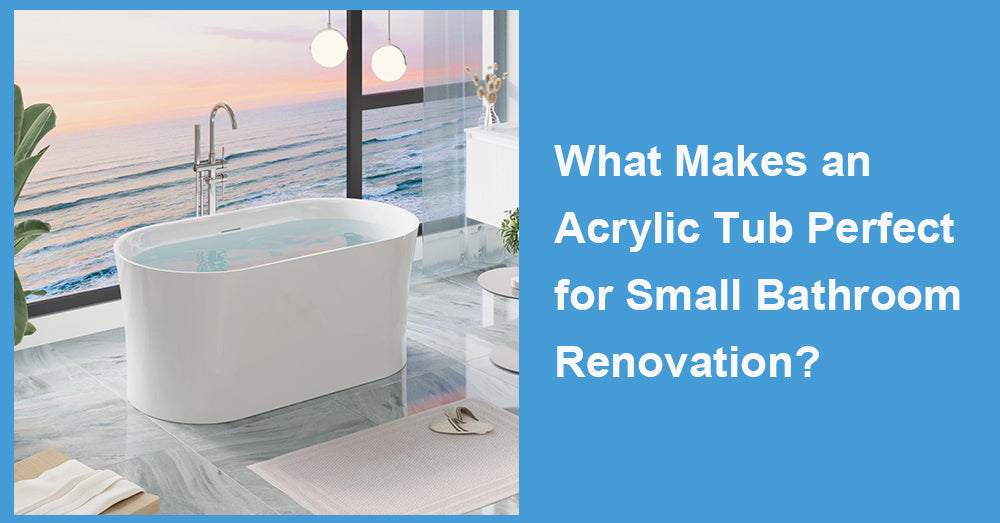
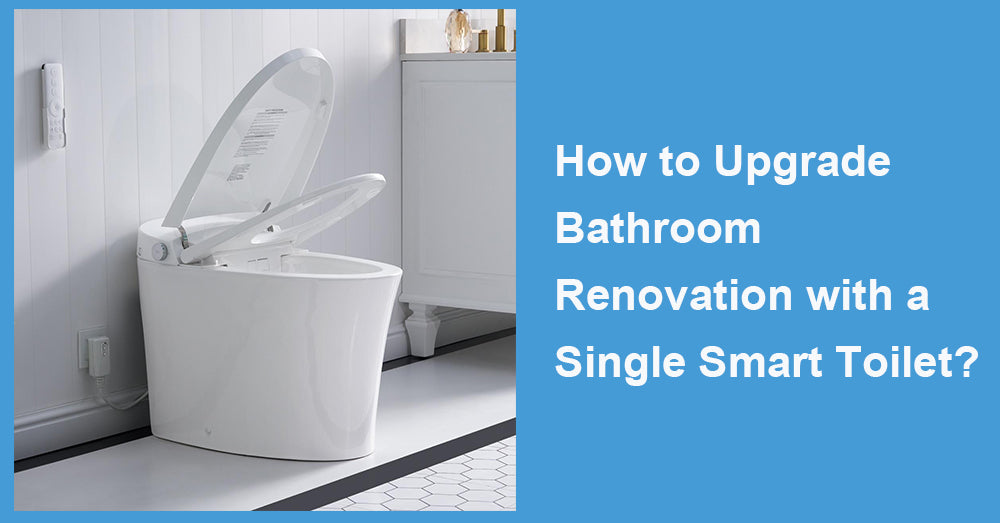

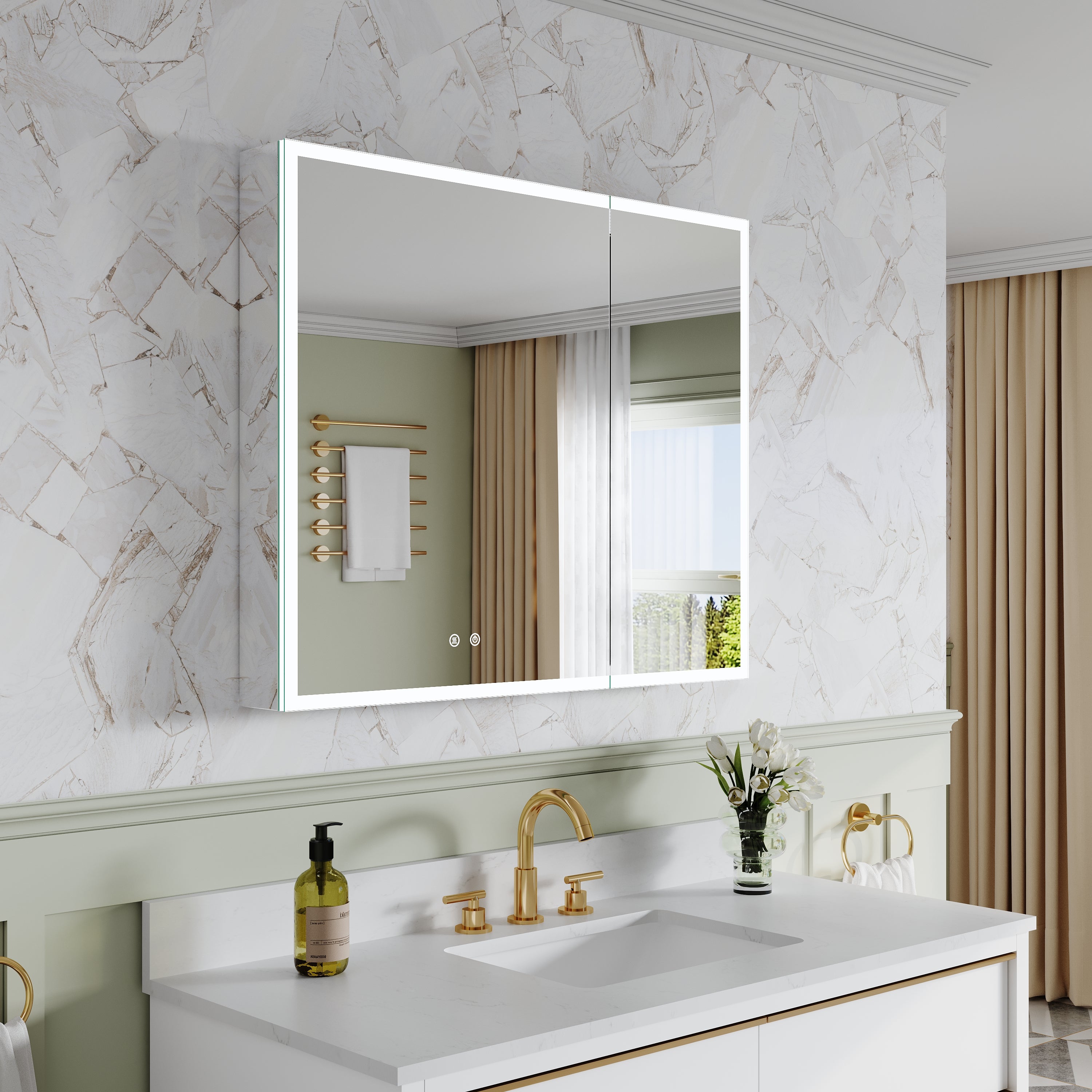
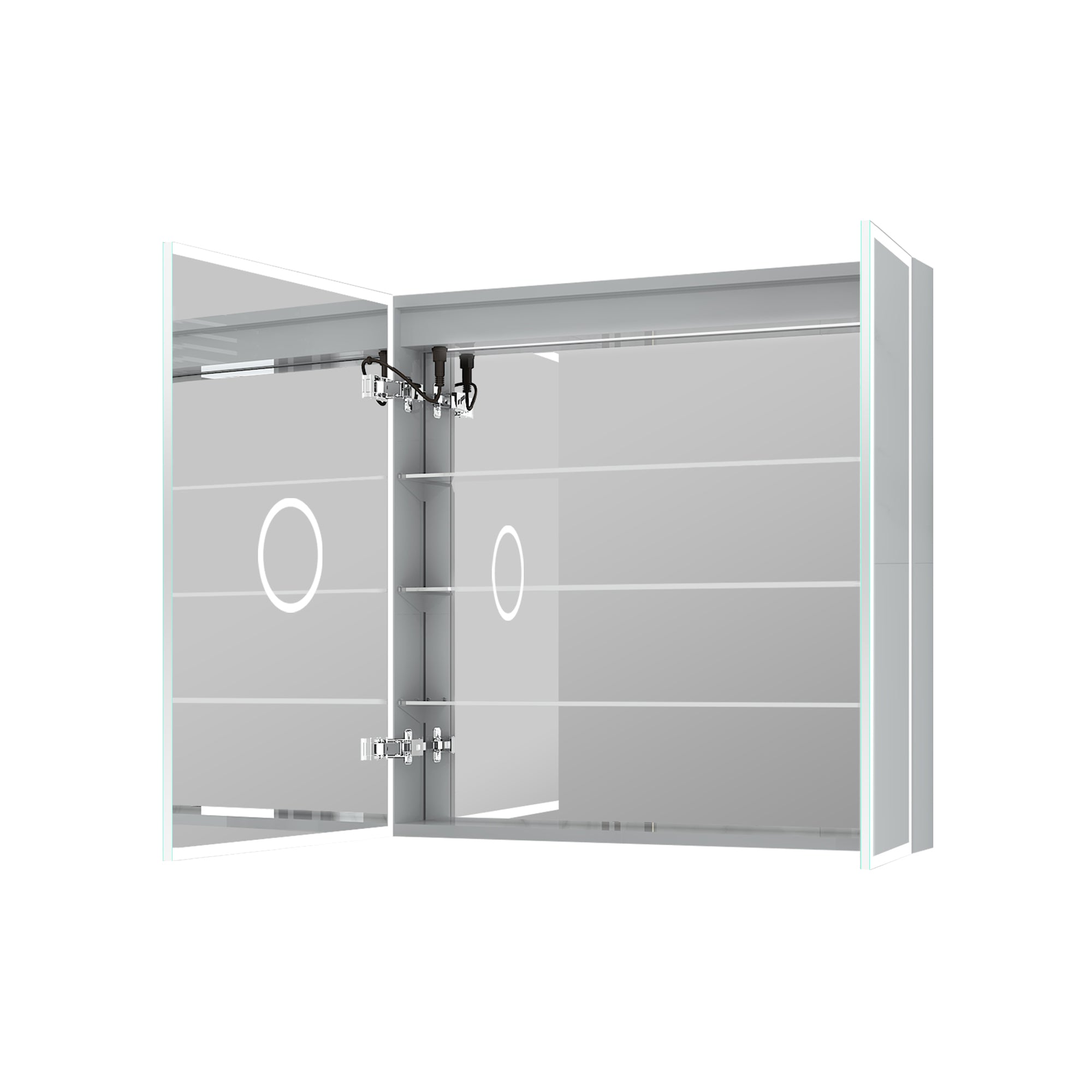
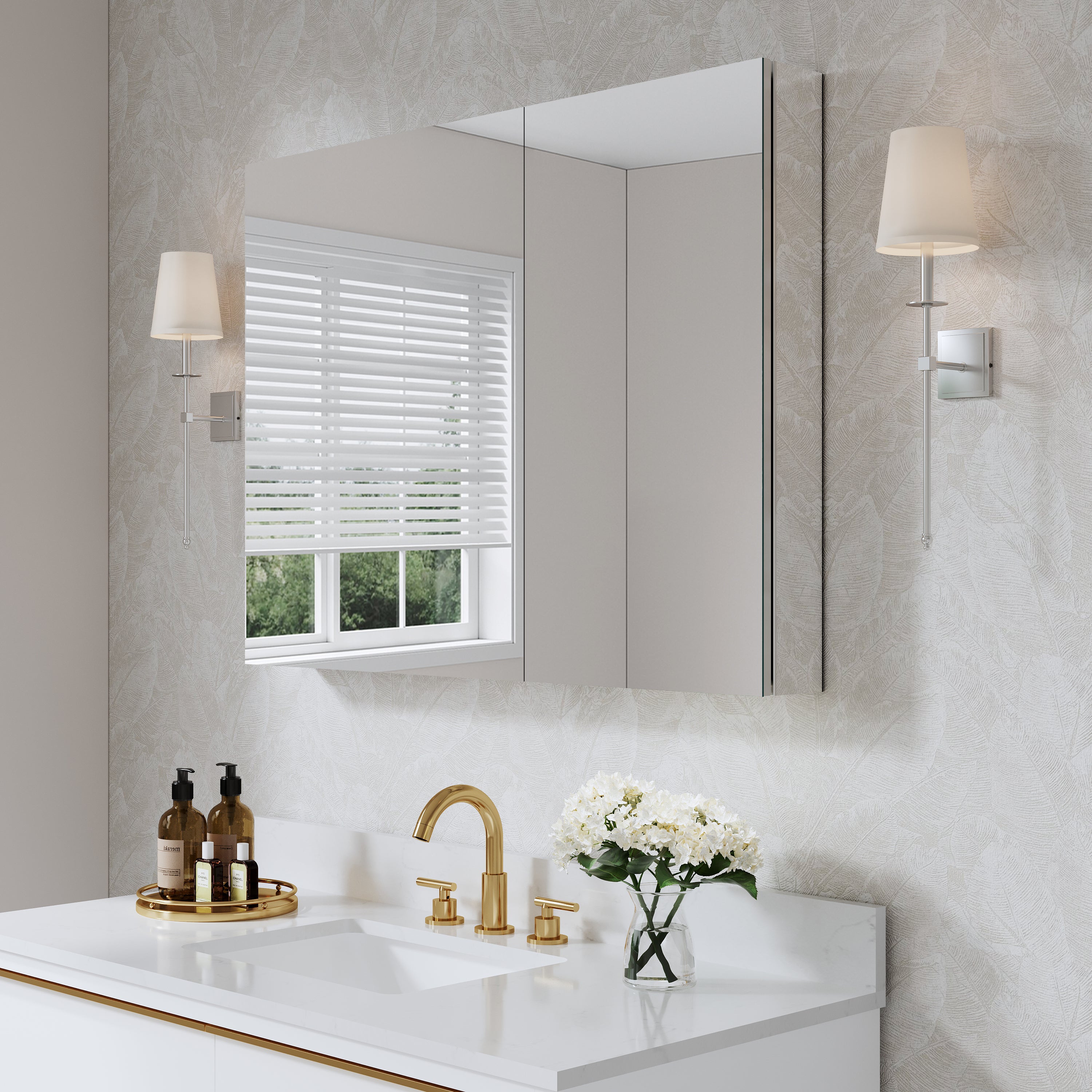

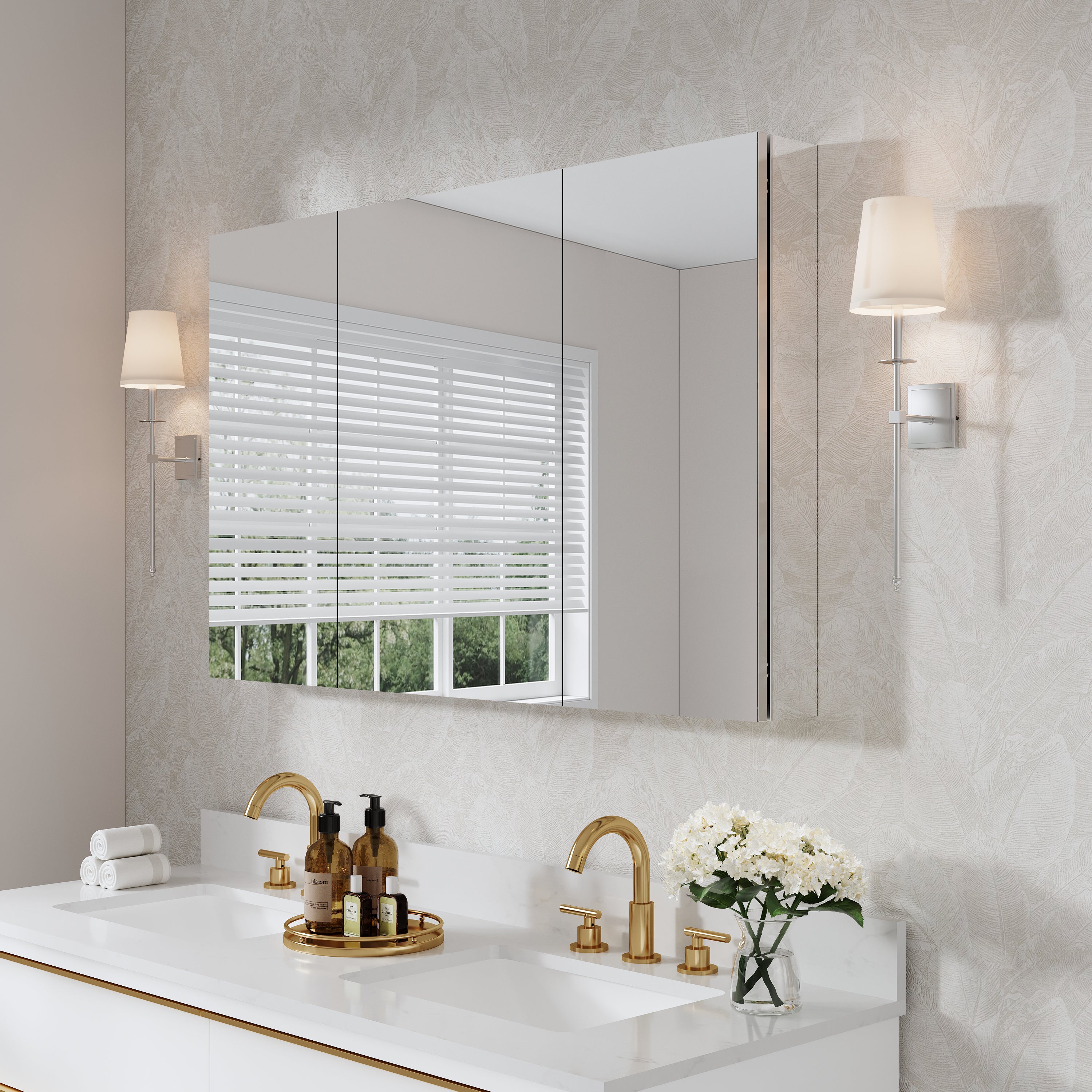
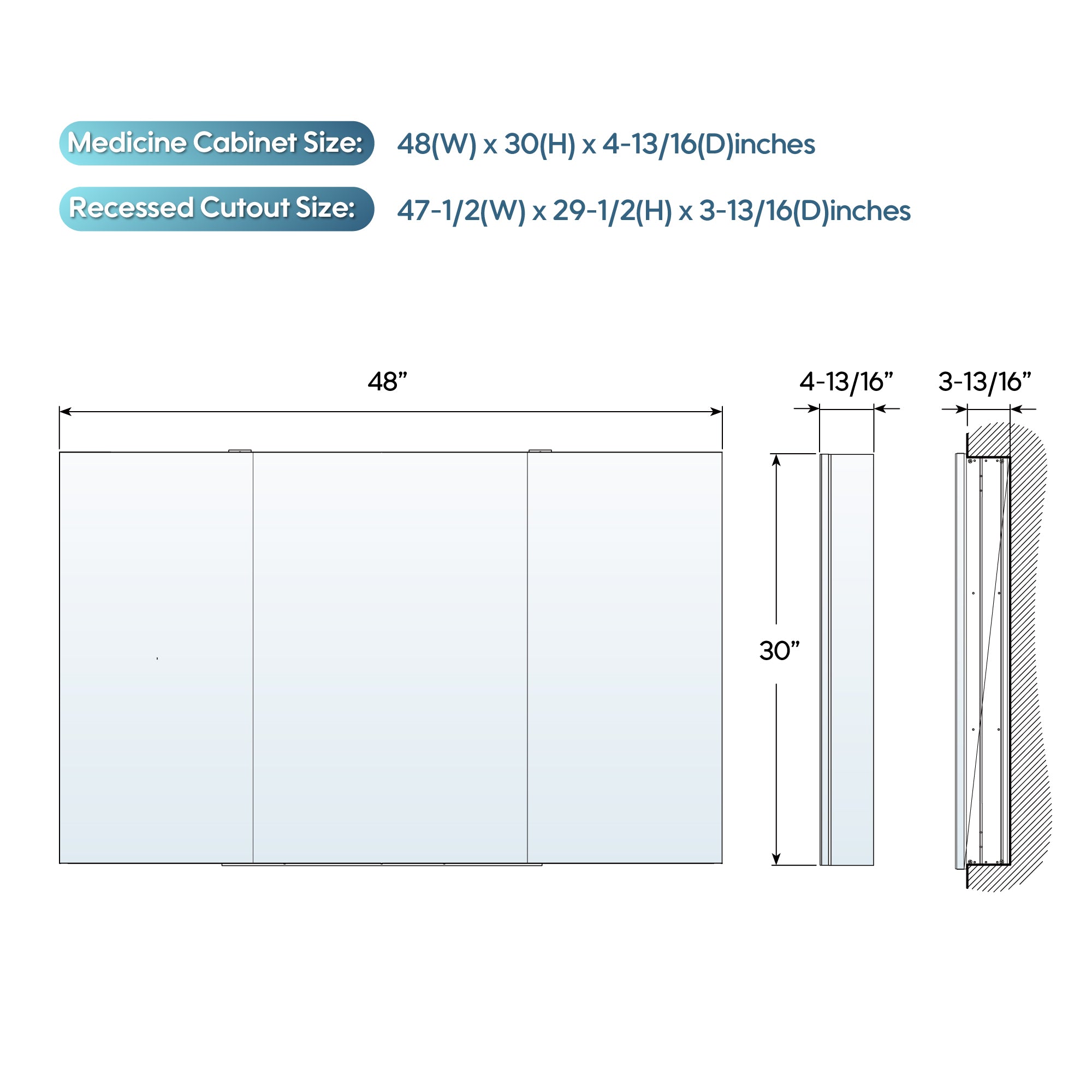

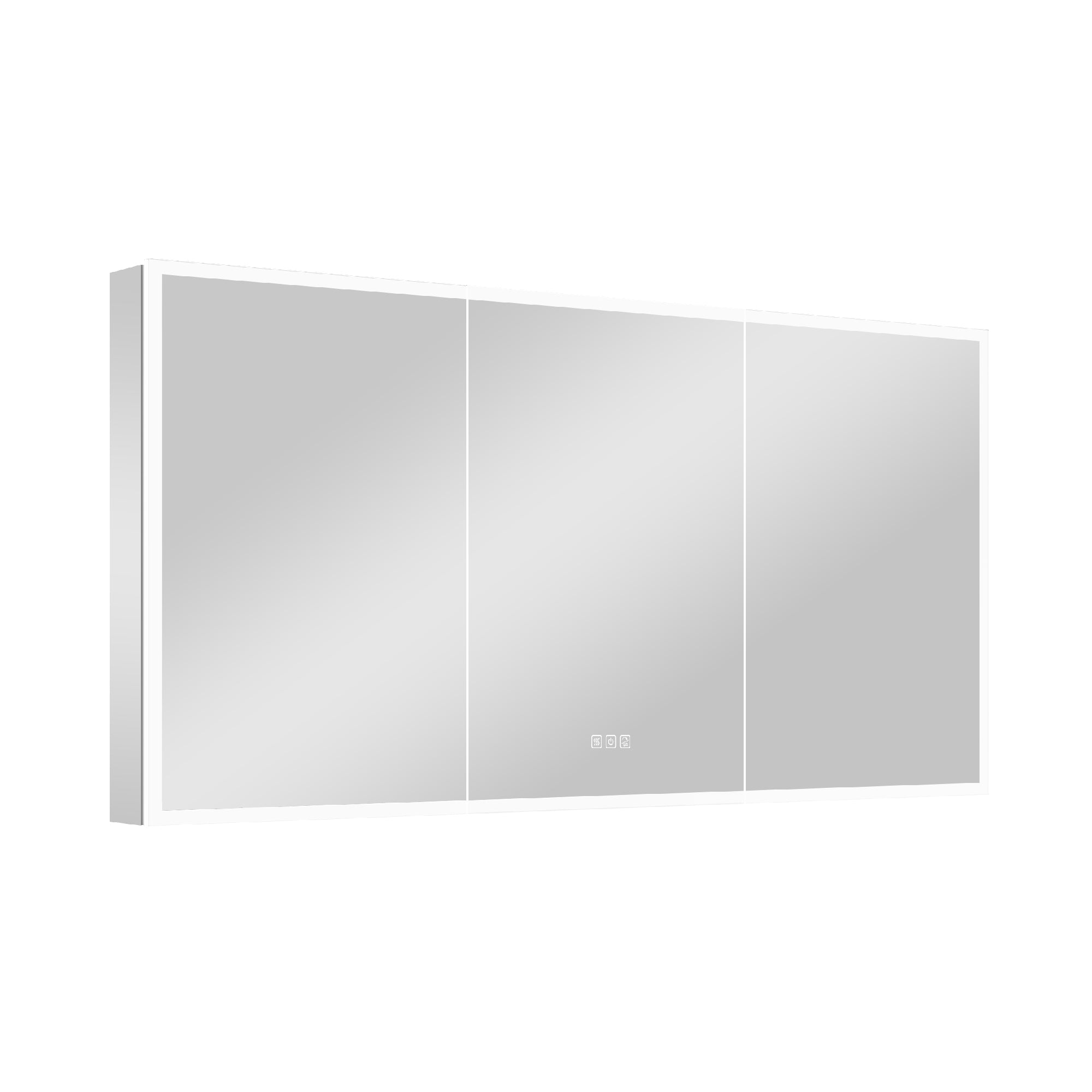
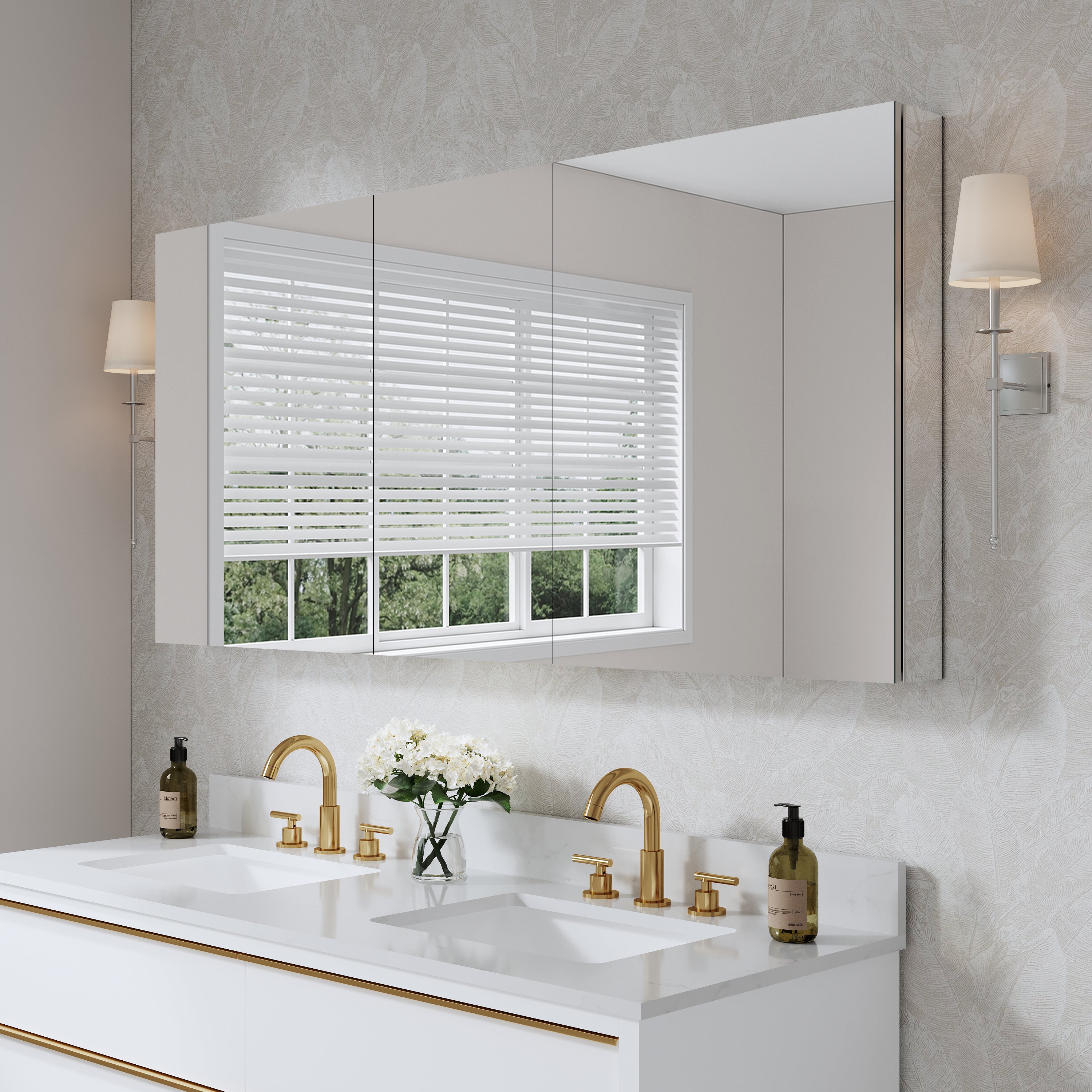




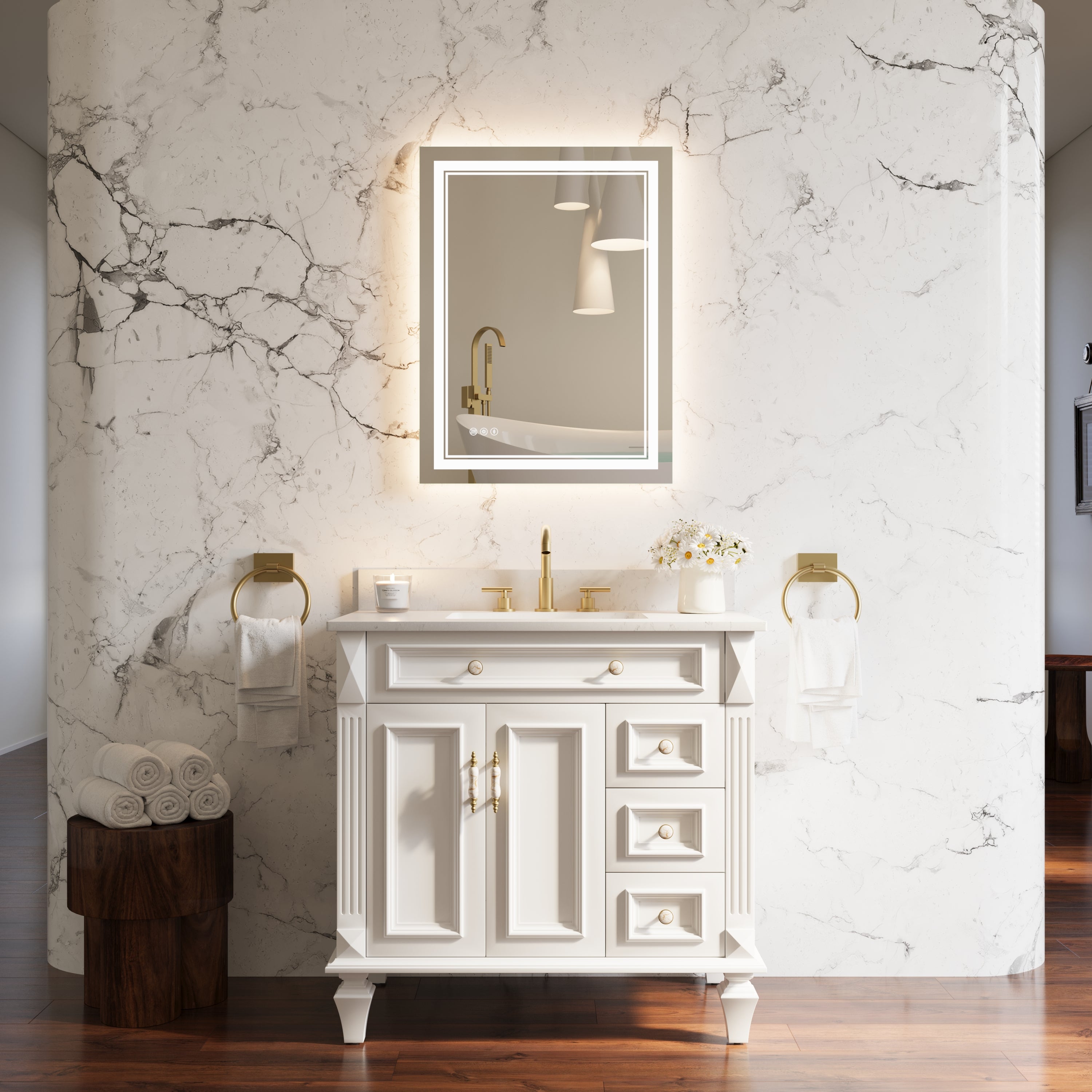
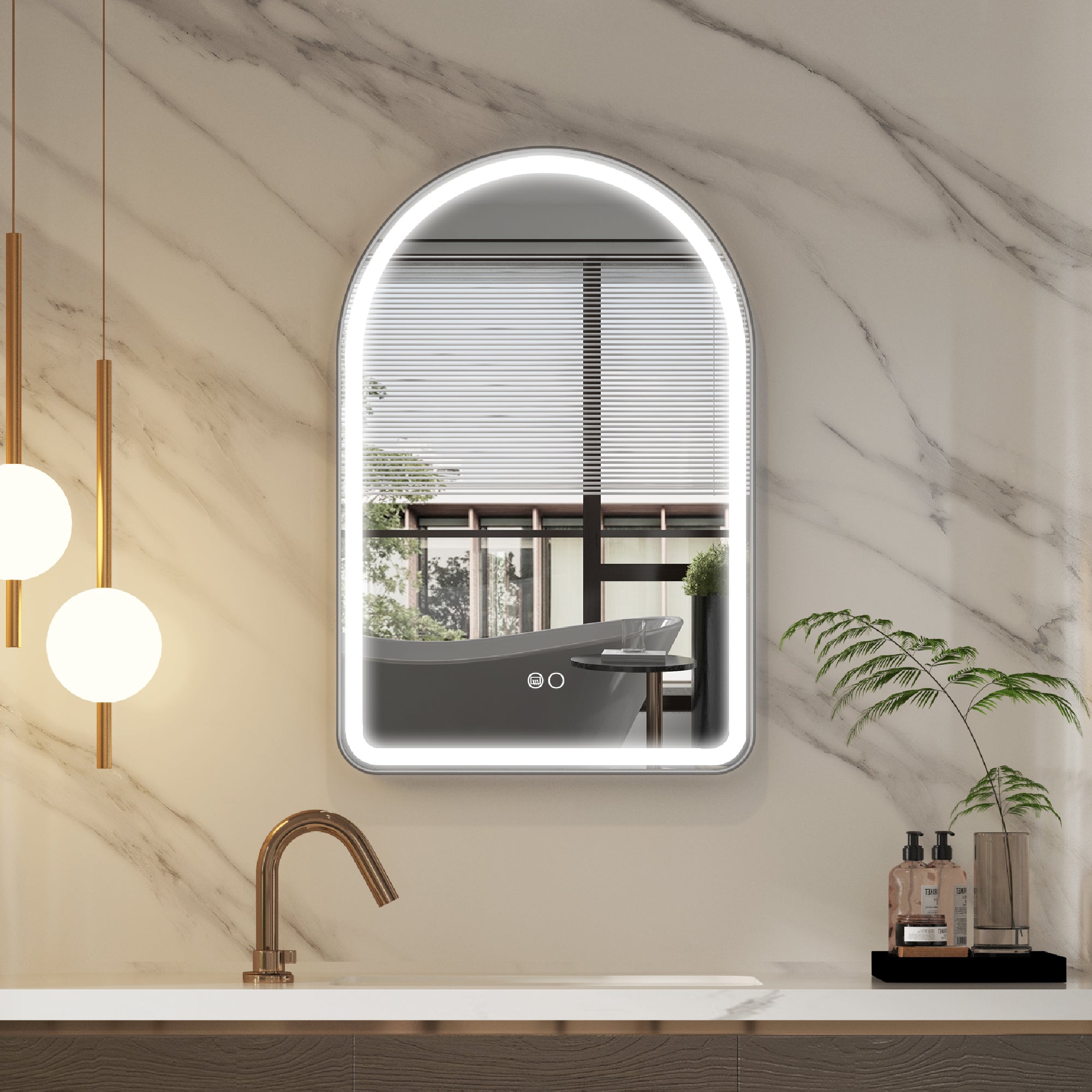
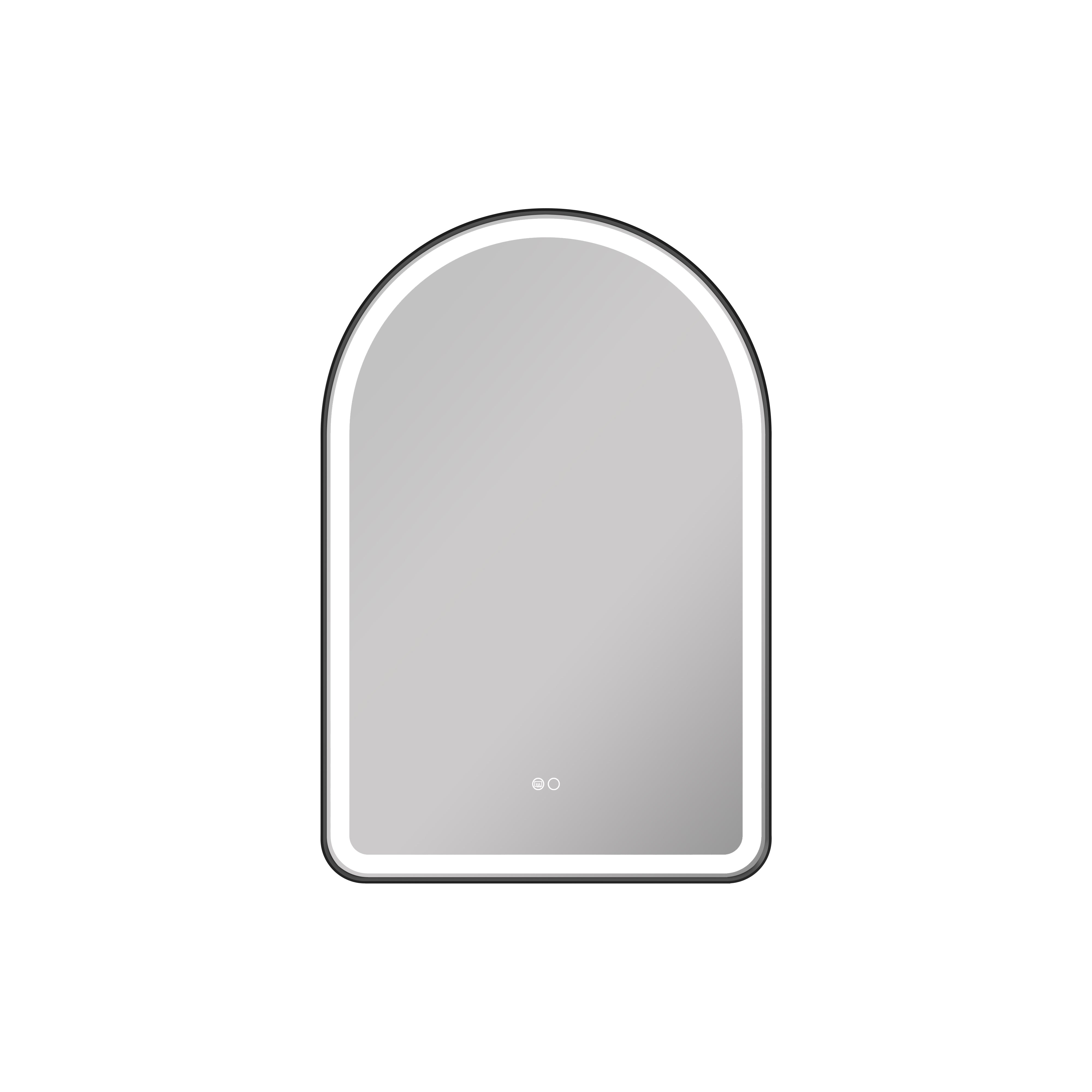

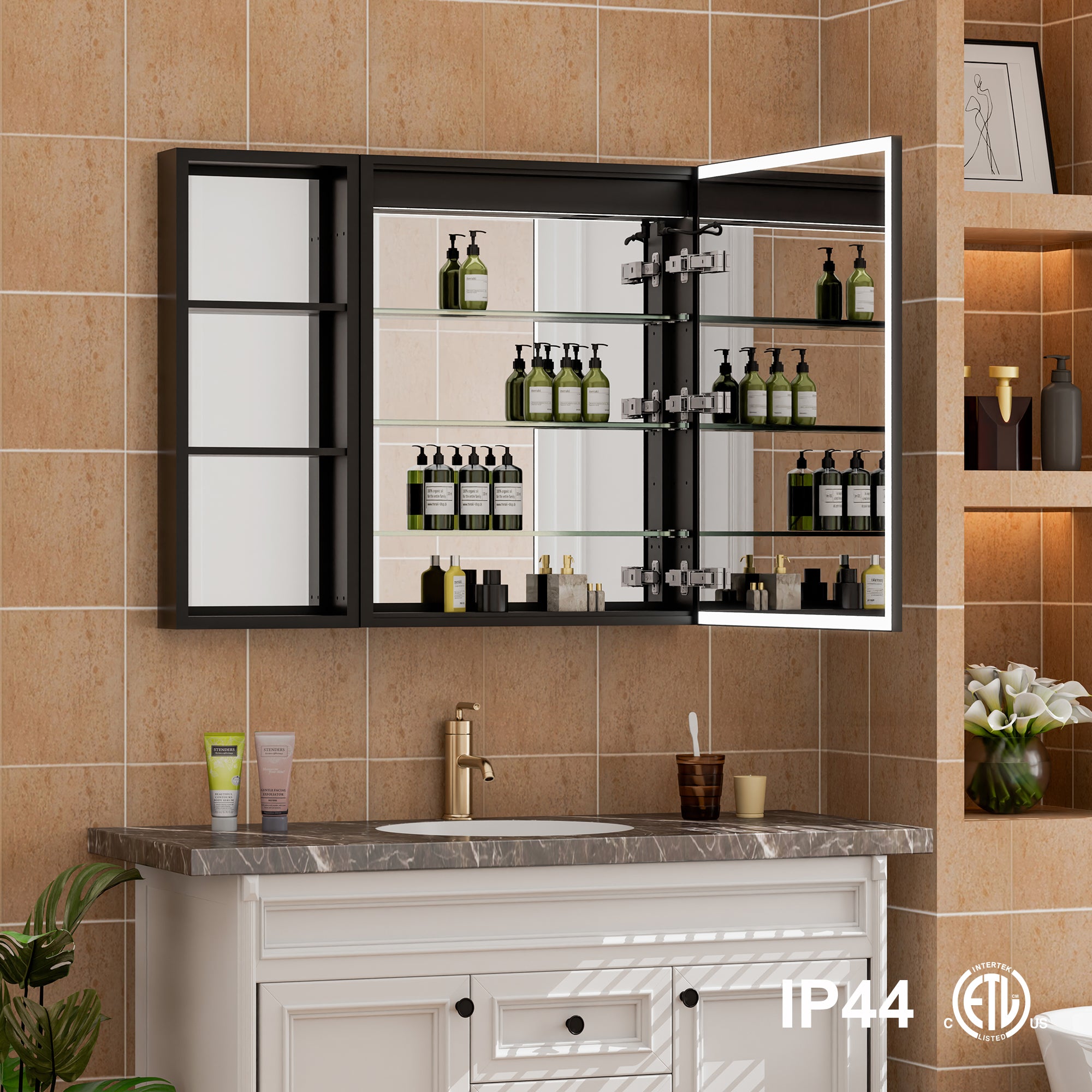
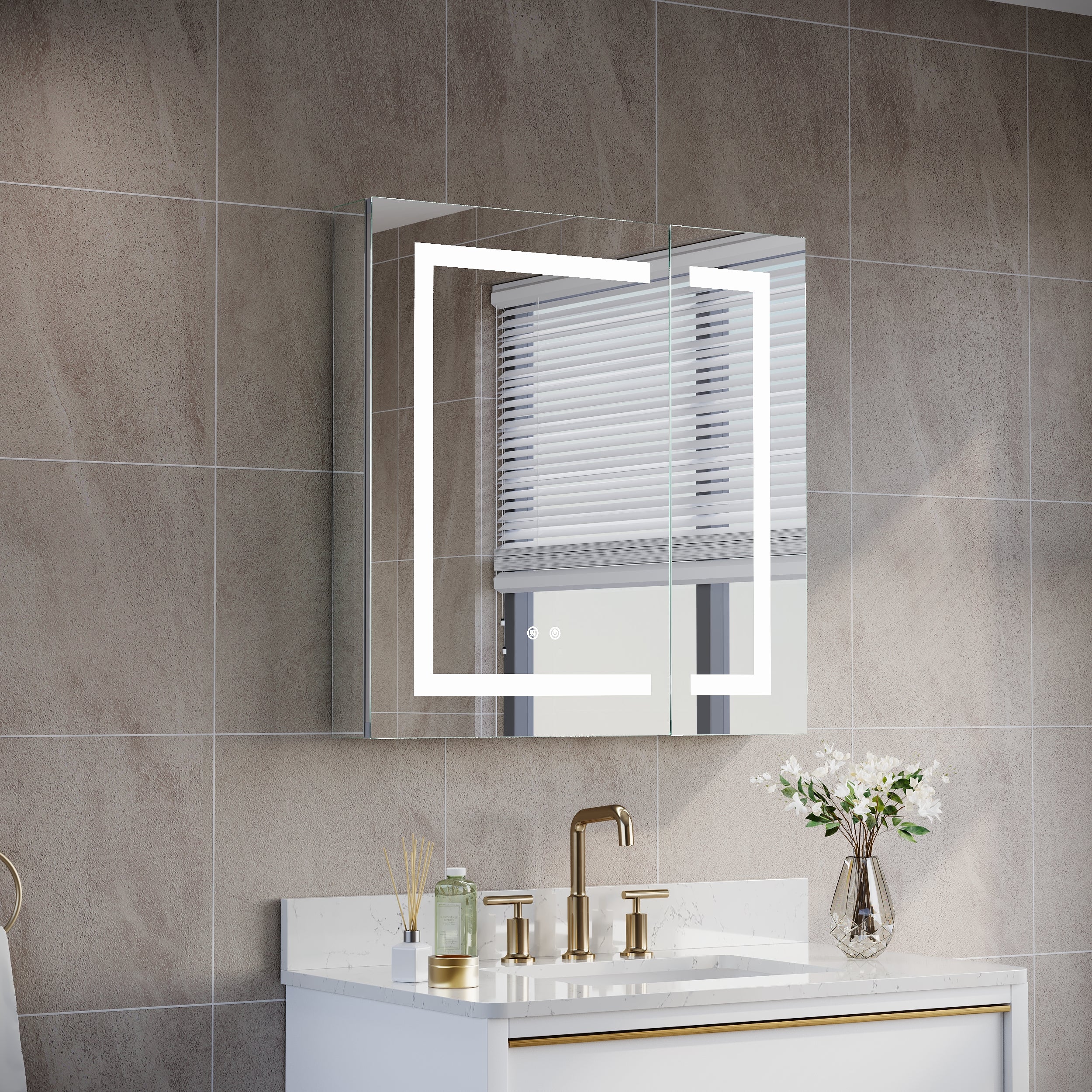
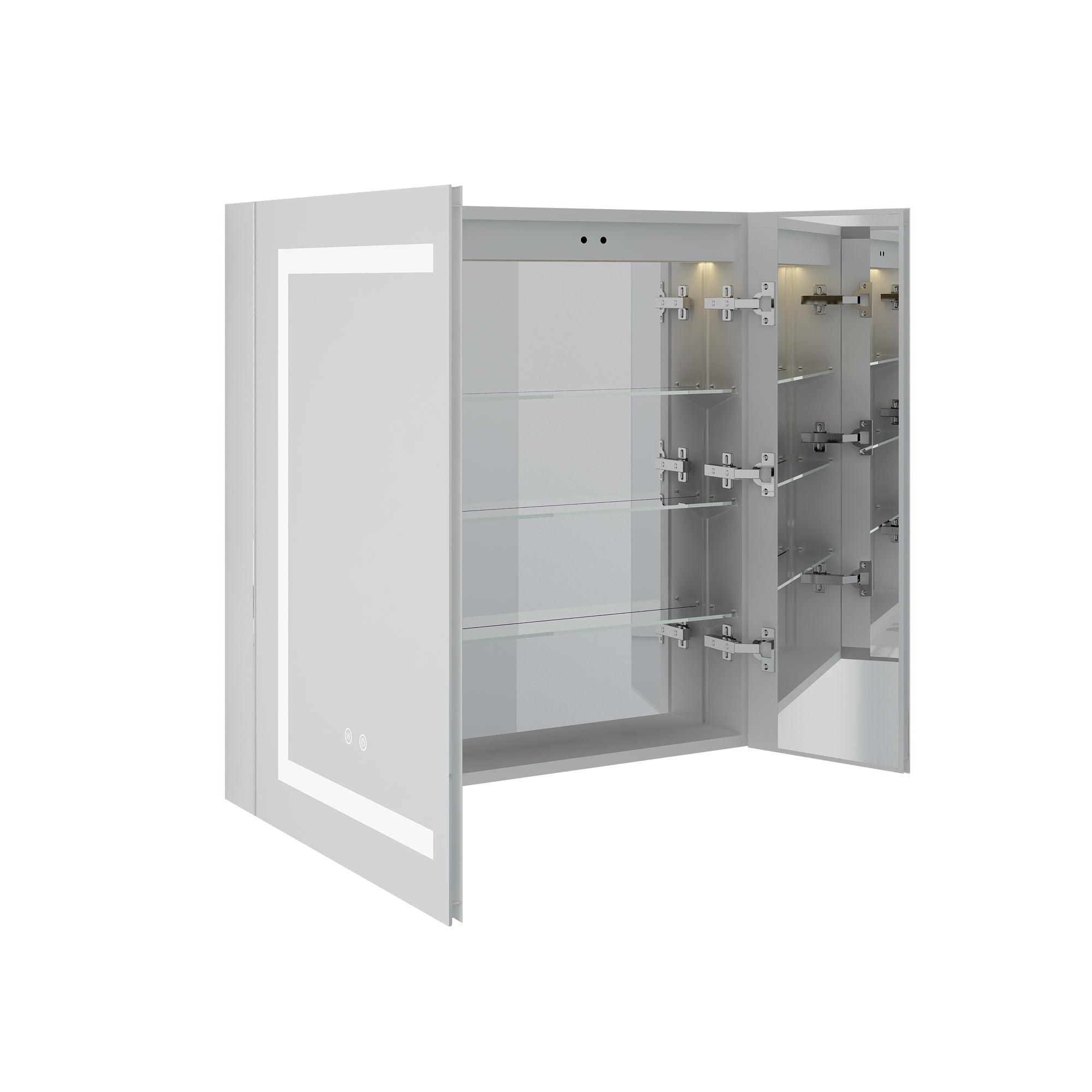
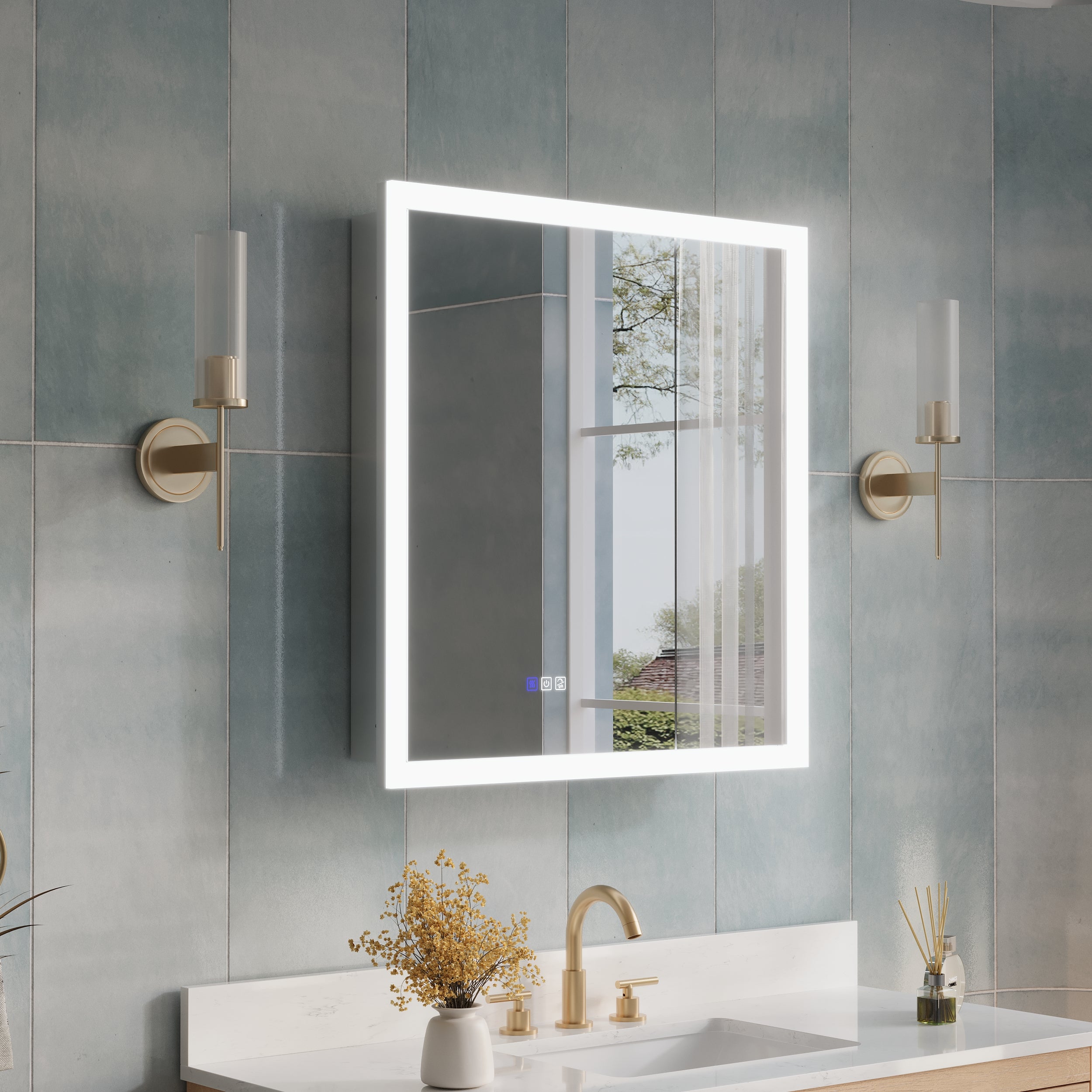
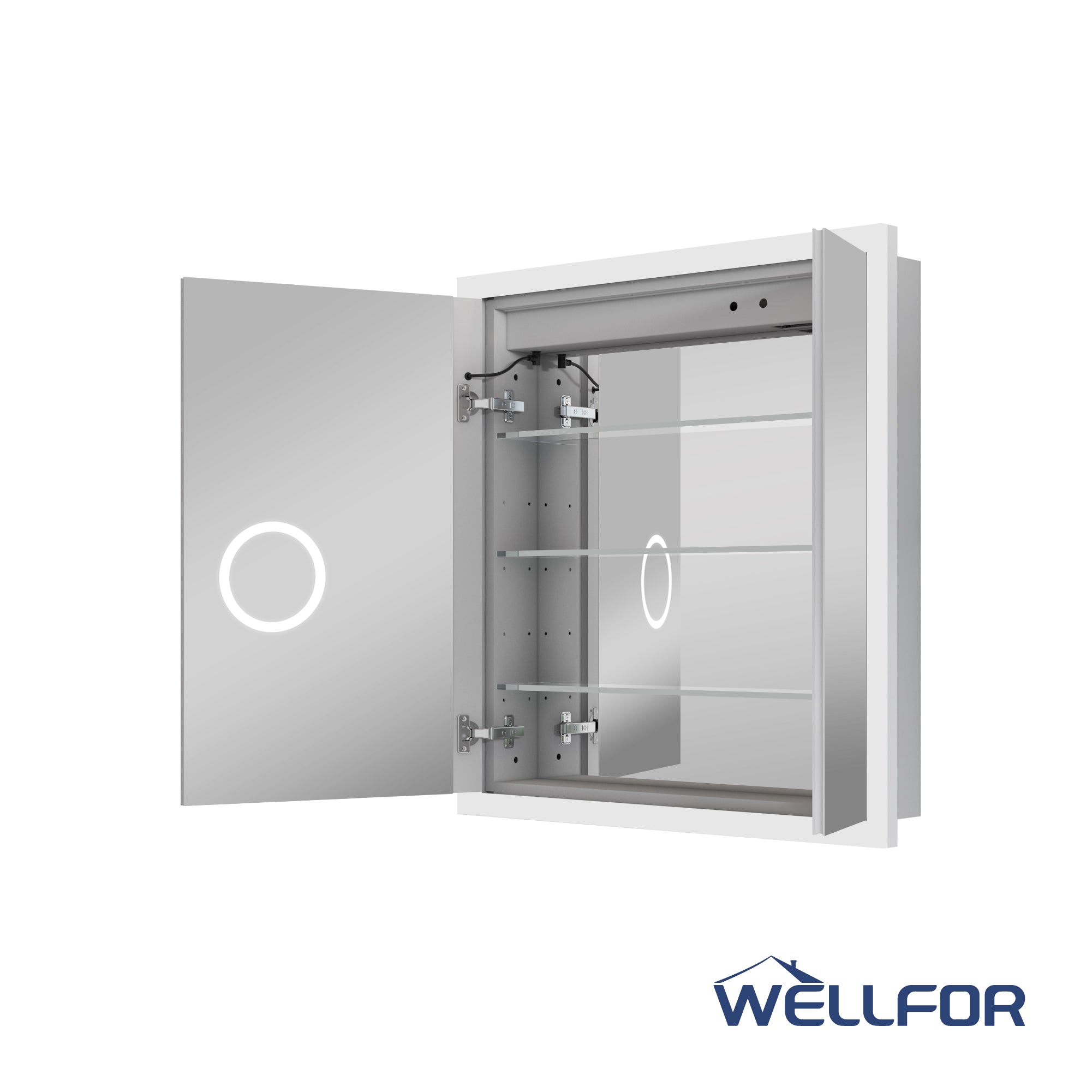
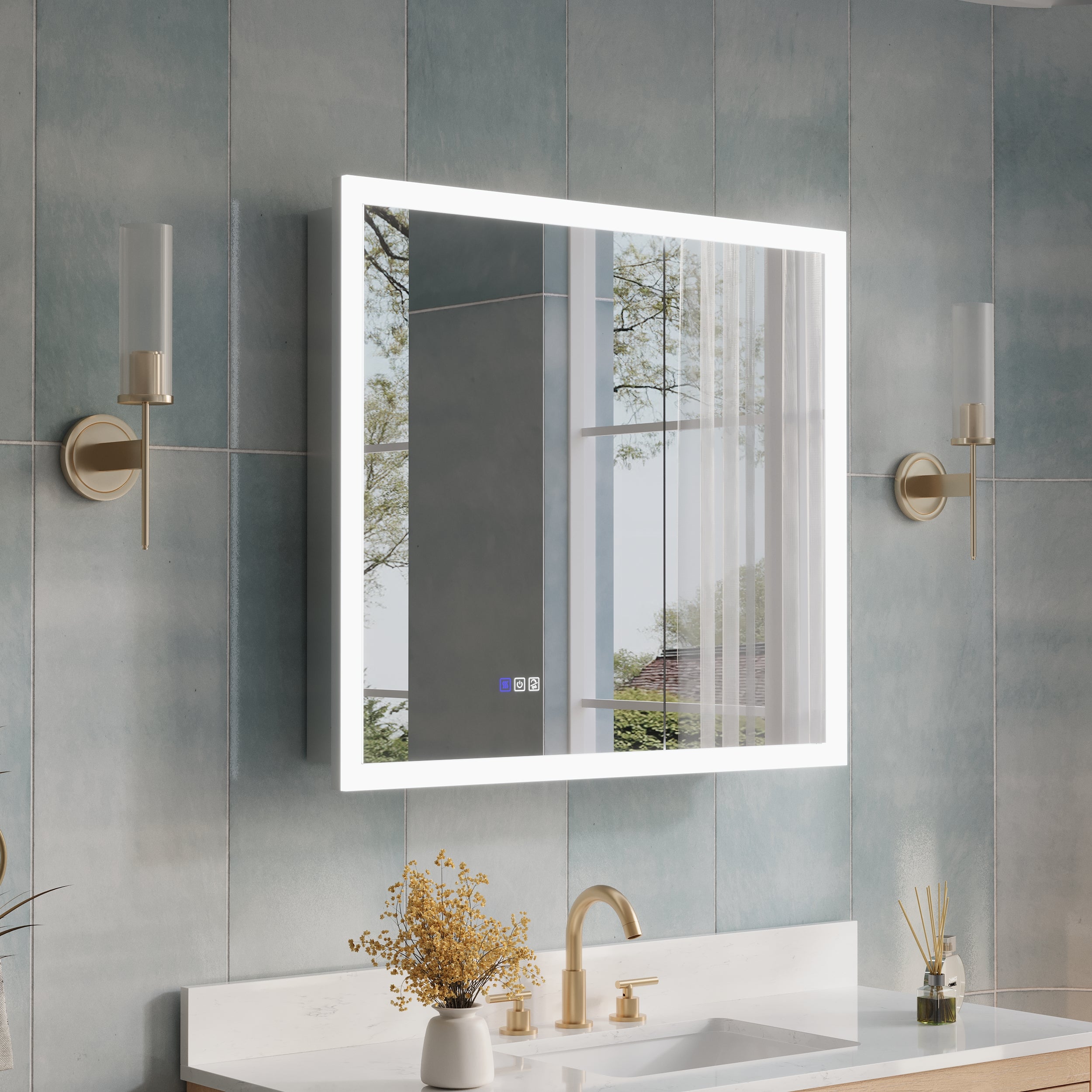

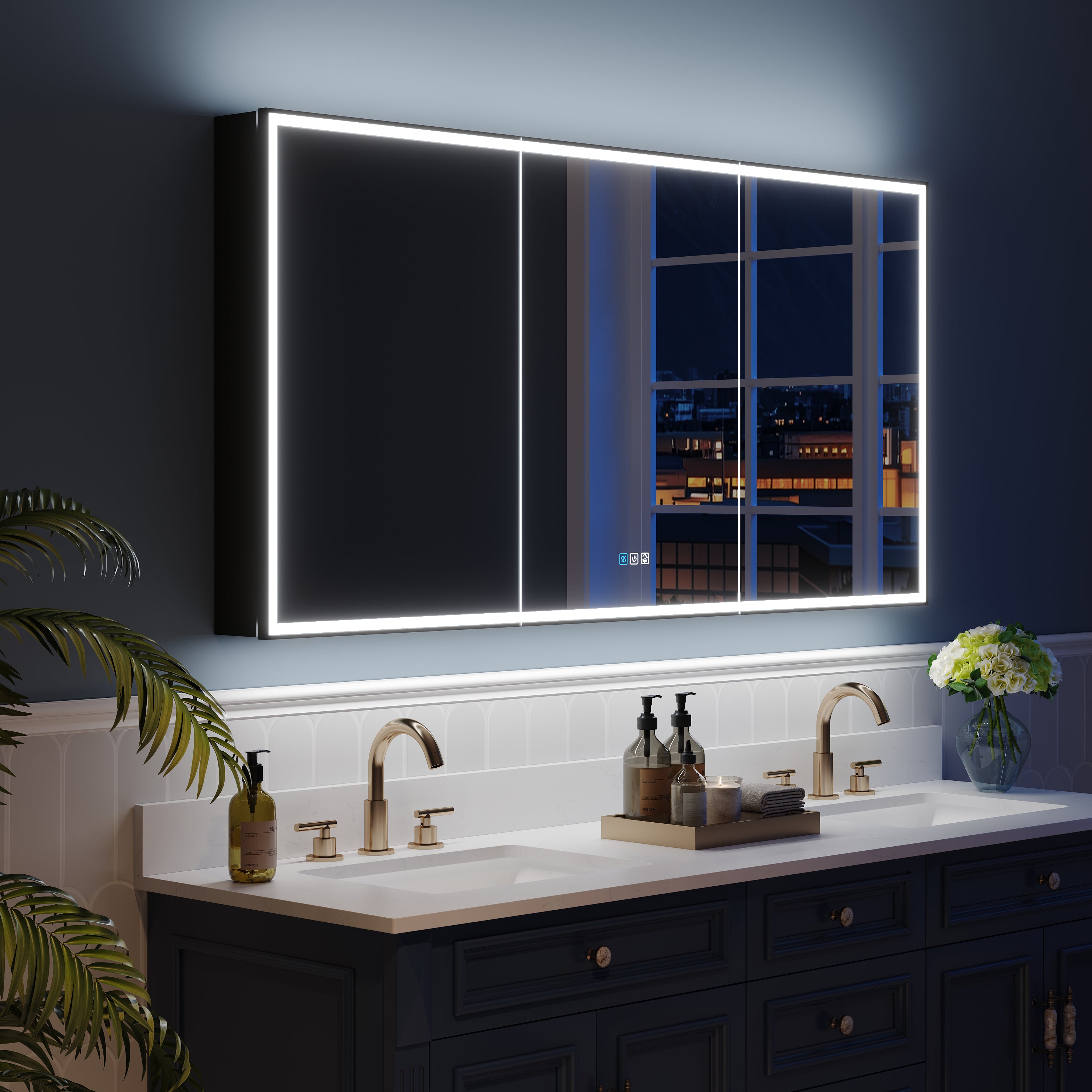
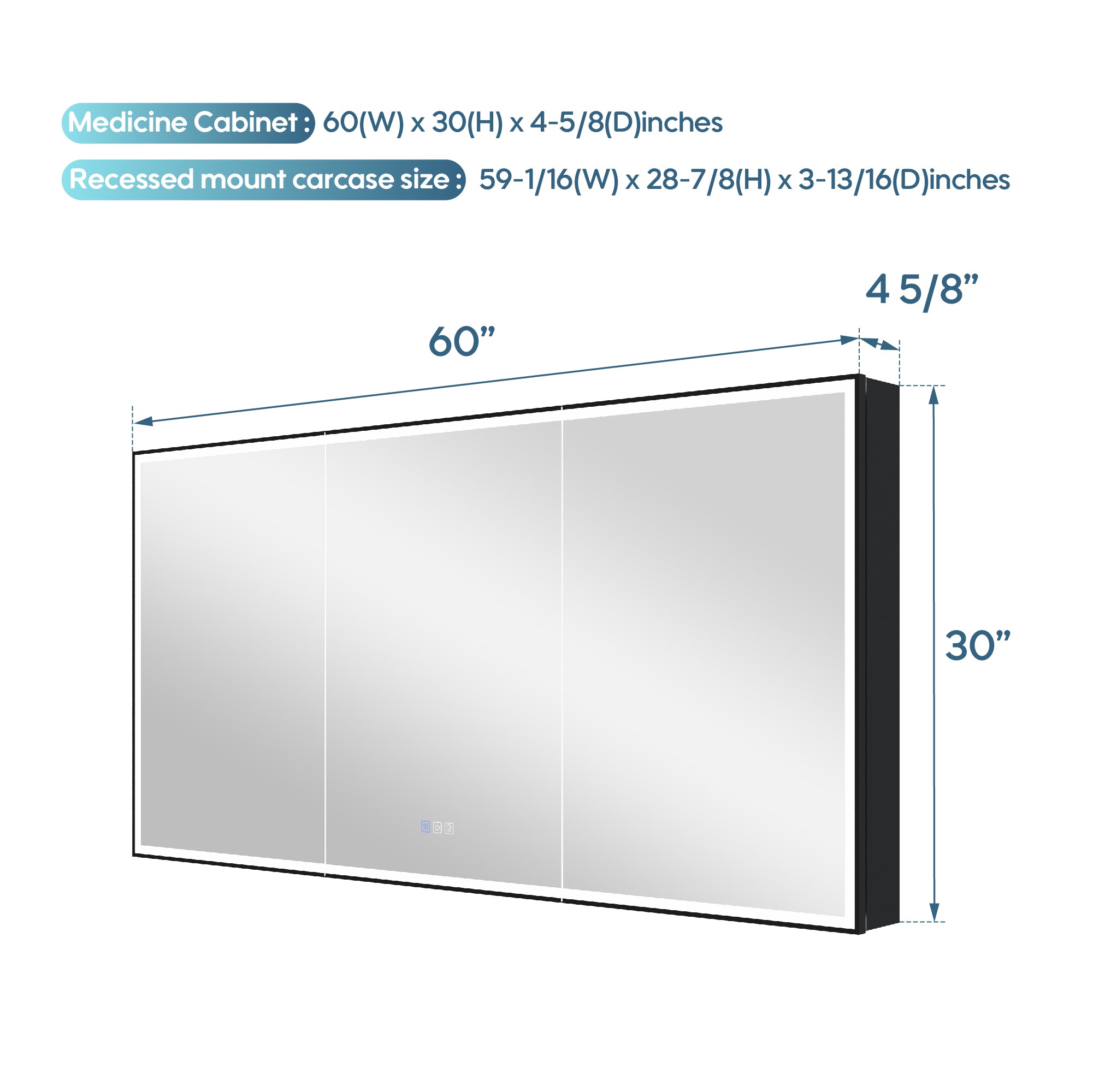
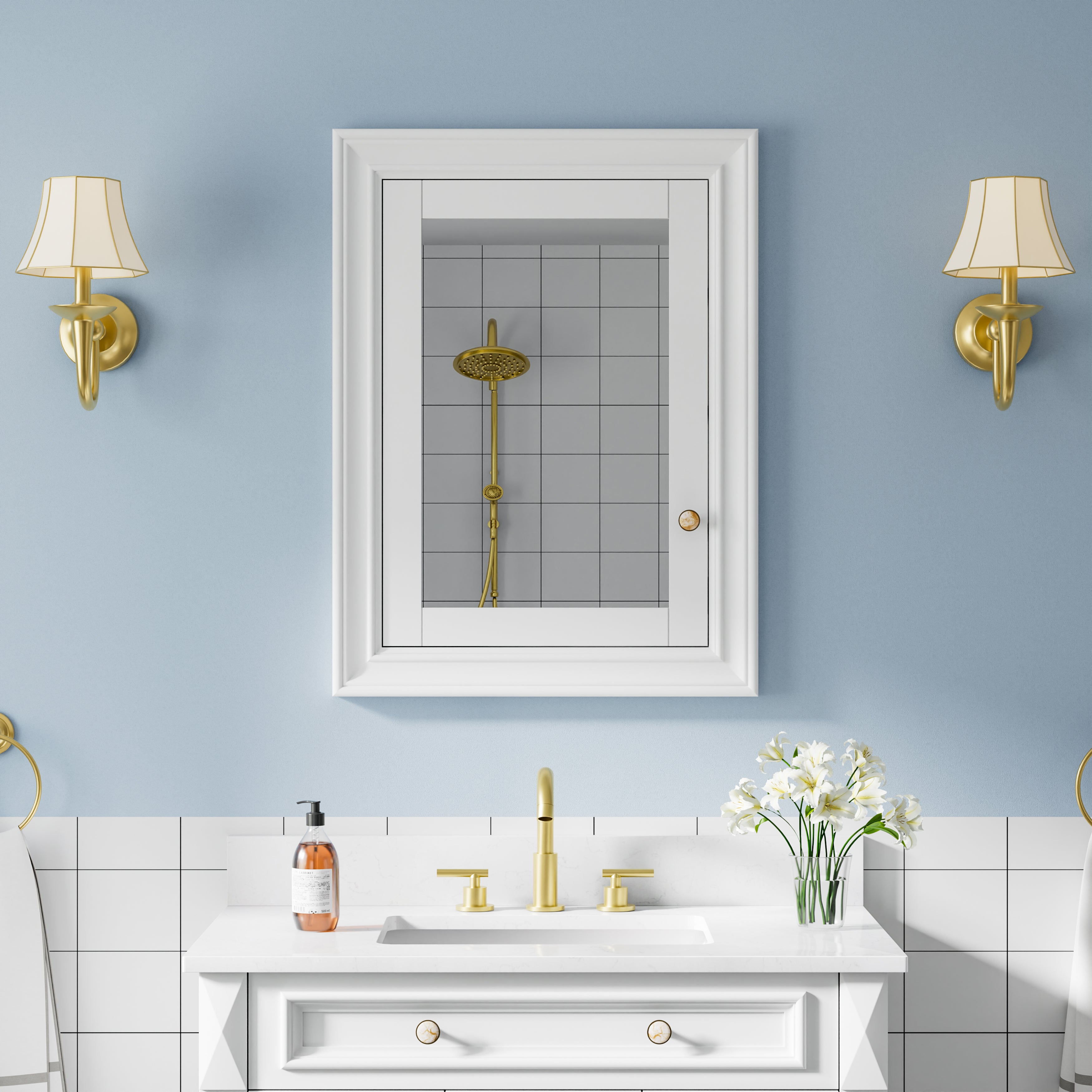


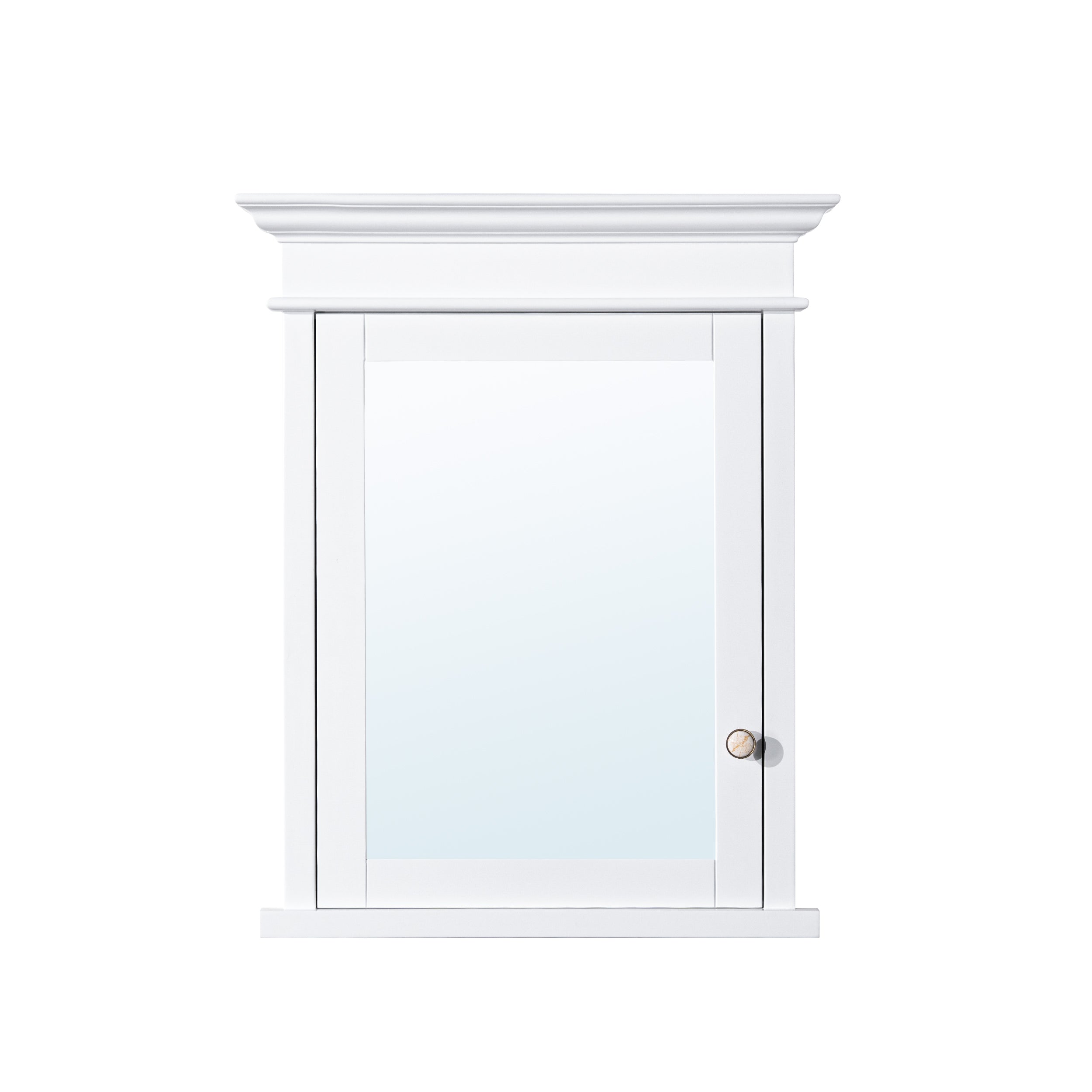

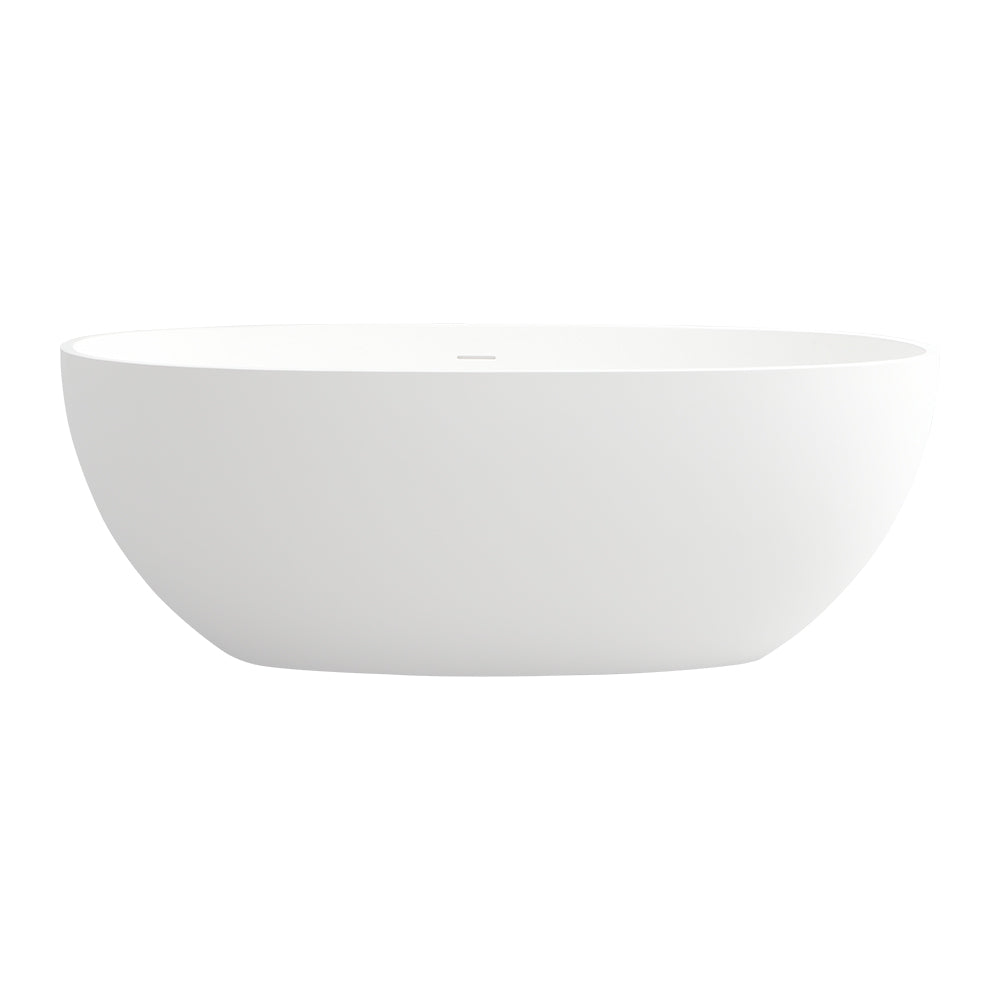


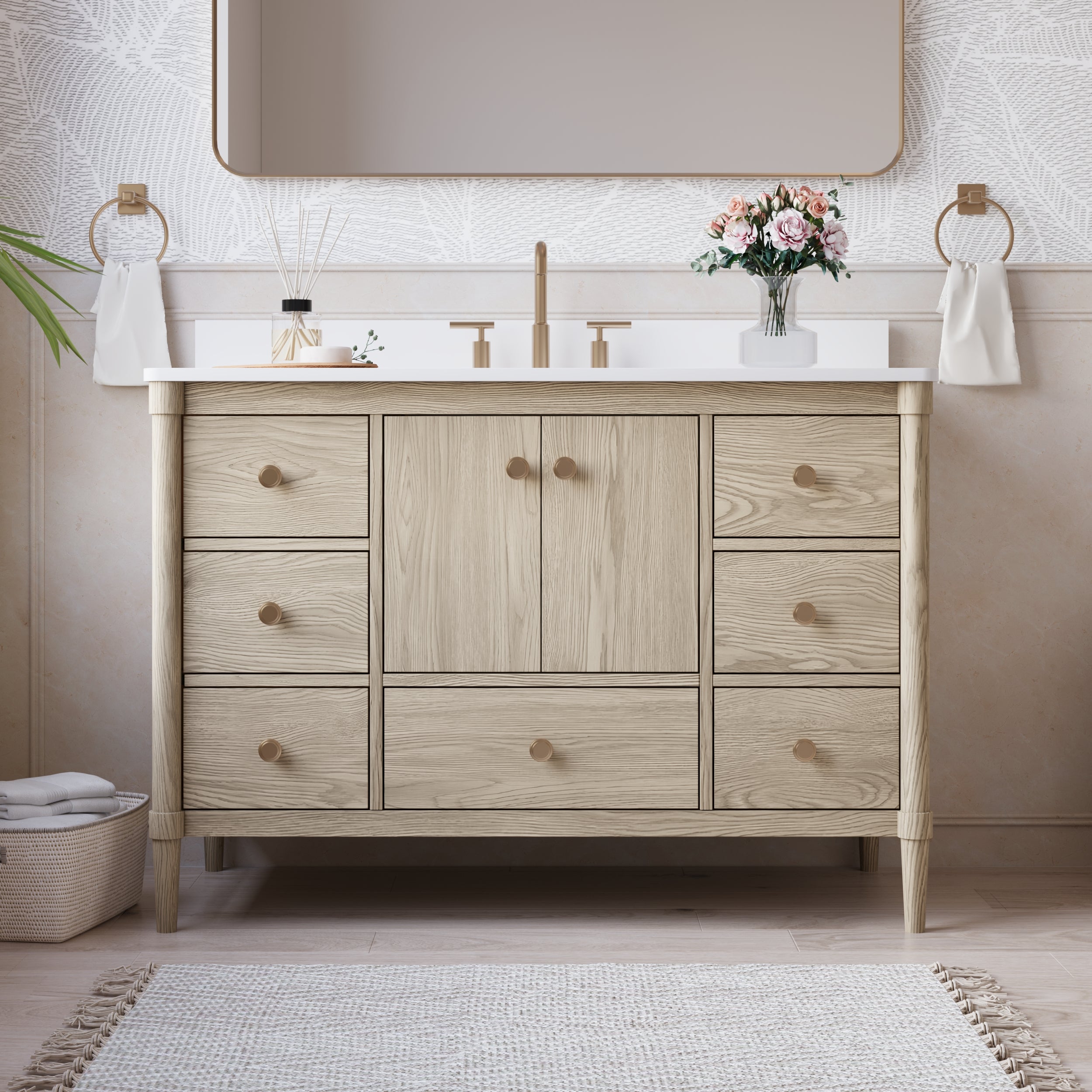
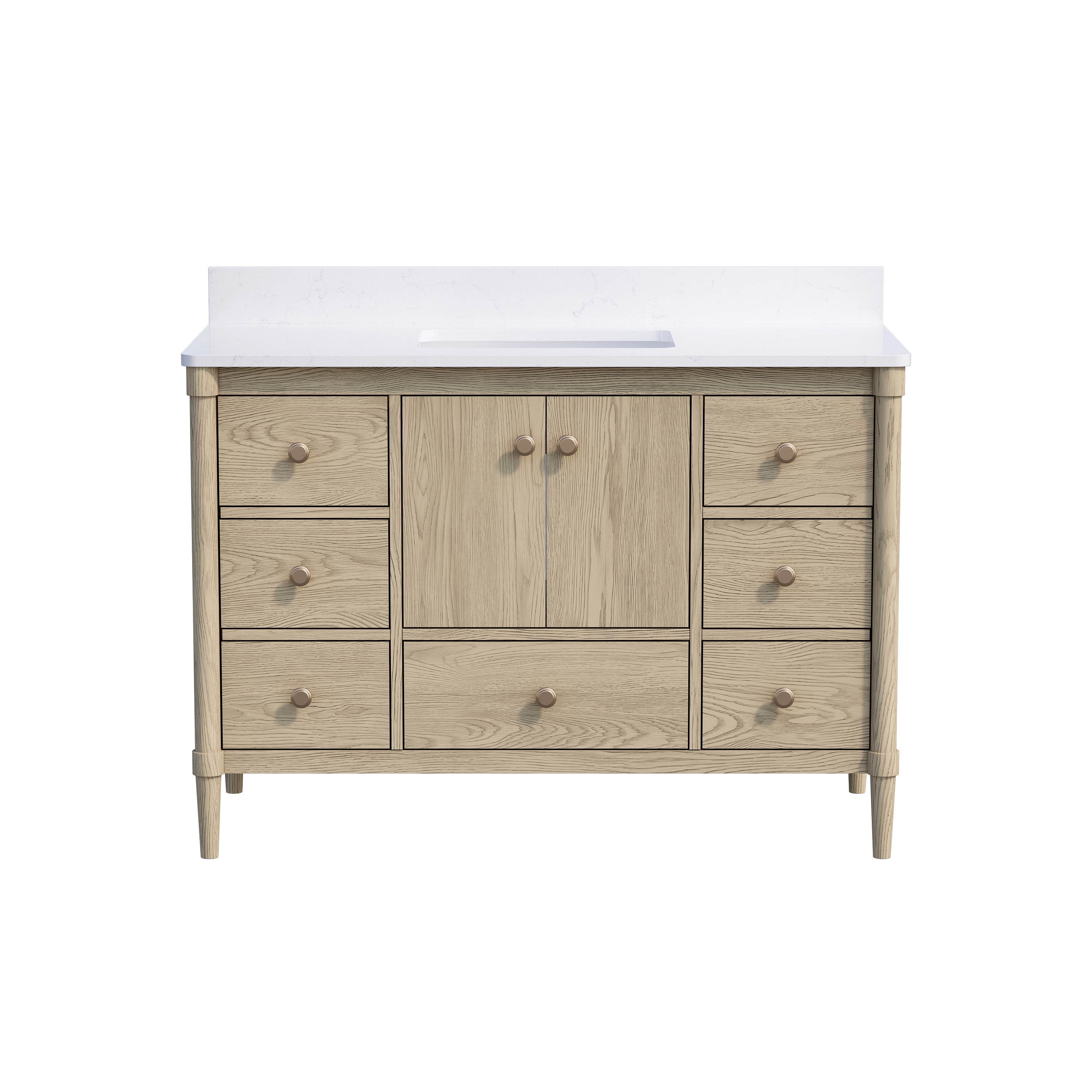
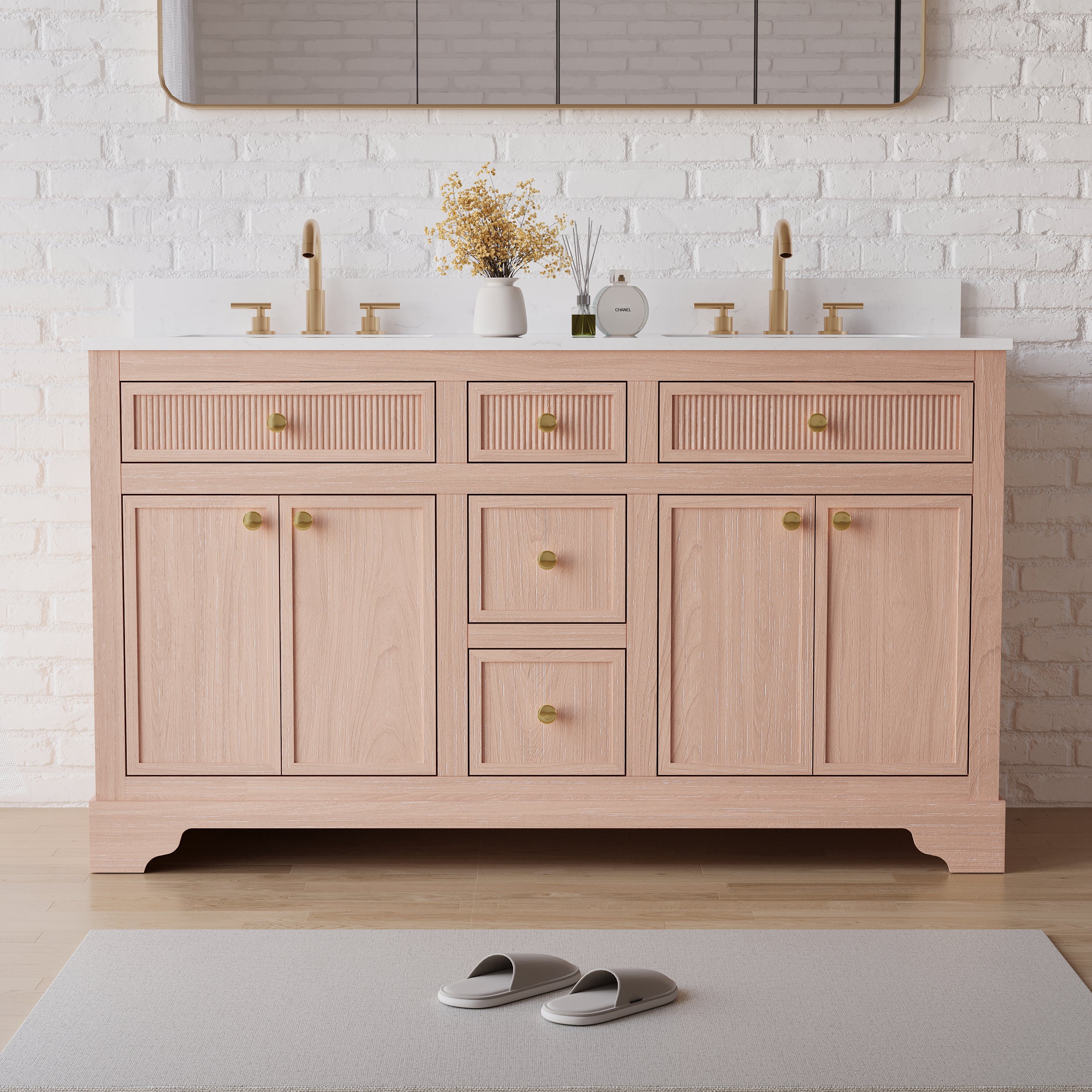



Leave a comment
This site is protected by hCaptcha and the hCaptcha Privacy Policy and Terms of Service apply.